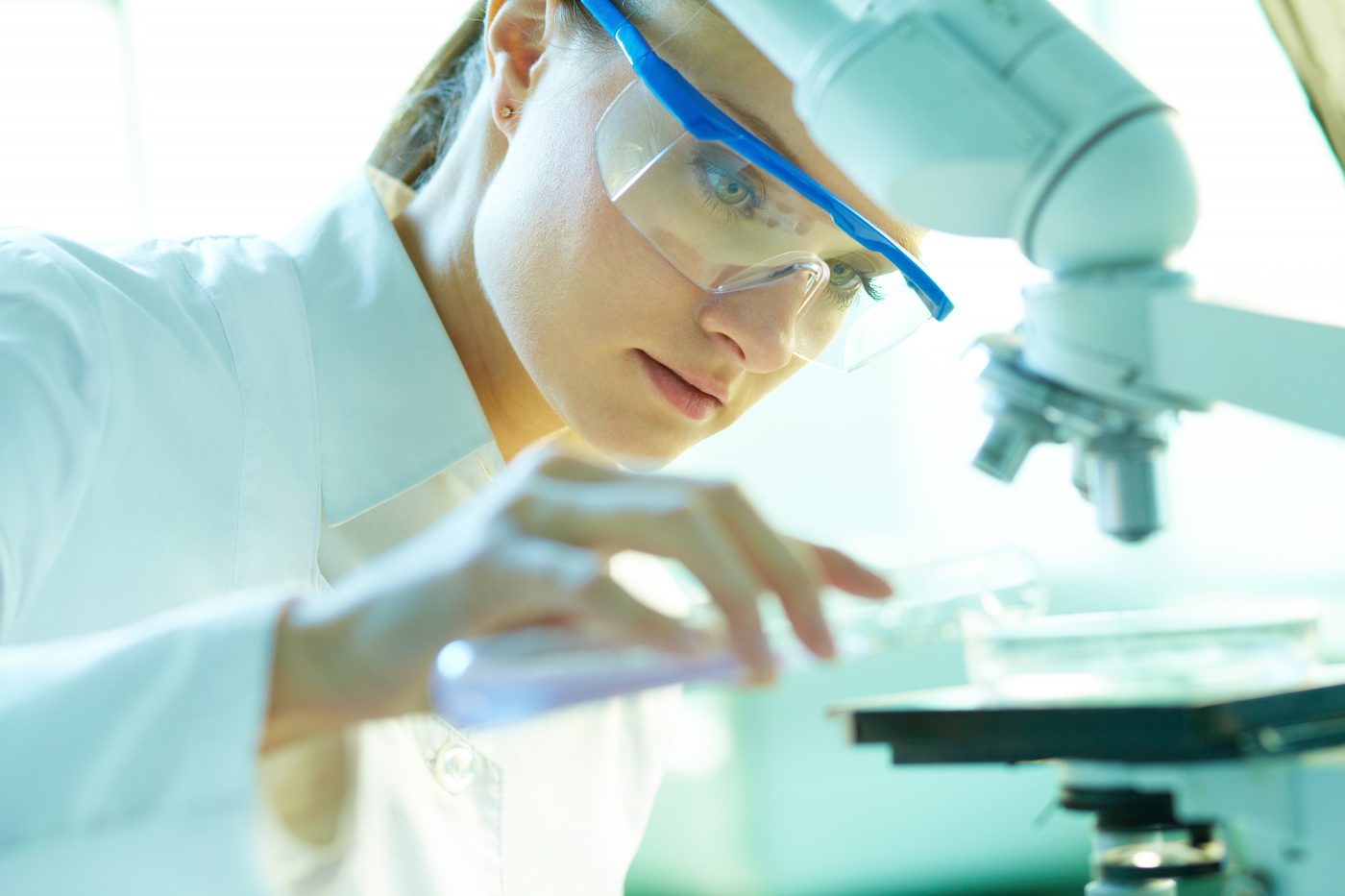New Biomarkers for Utrophin Protein Levels Likely to Aid DMD Therapy Now in Clinical Testing

Summit Therapeutics plc announced the publication of a study into new imaging techniques that appear to reliably and reproducibly measure utrophin protein levels and muscle fiber regeneration in muscle biopsies in Duchenne muscular dystrophy (DMD) and Becker muscular dystrophy (BMD) patients.
The study is important to the company because one of its lead products, now in clinical testing, is SMT C1100, a small molecule utrophin modulator that has been shown in a mice model of DMD to increase utrophin in skeletal and diaphragm muscle, leading to a significant decrease in disease pathology and an improved functional benefit. Utrophin up-regulation is considered a possible therapeutic option for all DMD patients, regardless of their underlying dystrophin mutation.
“Summit Therapeutics’ approach to DMD aims to maintain expression of utrophin, a protein typically found in developing and repairing muscle fibres, so that it can replace the missing dystrophin protein in mature muscle fibre,” Jenny Morgan, a study leader and professor of cell biology at the Dubowitz Neuromuscular Center, Institute of Child Health University College London (UCL), said in a press release. “Our data show it is possible to reproducibly measure utrophin protein and distinguish between repairing and mature muscle fibres at the single fibre level in DMD and BMD muscle biopsies. This has led to important observations correlating regeneration and disease severity and so these biomarkers have application in clinical trials to potentially monitor activity of utrophin modulator therapies such as Summit’s SMT C1100.”
Researchers in the study examined the absolute quantification of muscle fibers that were regenerating within a biopsy segment using measuring tools they developed (staining and imaging protocols). They reported observing for the first time a correlation between the percentage of regenerating muscle fibers with differences in clinical severity between DMD and BMD patients.
Results also found a significant correlation between utrophin and β-dystroglycan protein levels at the membrane of singular fibers. β-dystroglycan, a member of the protein complex associated with dystrophin (called DAPC), is required to bind to utrophin or dystrophin in healthy fibers, in order to maintain their function.
“The tools that we have developed to quantify sarcolemmal utrophin, DAPC proteins and muscle regeneration in muscle biopsies have led to interesting observations correlating levels of utrophin and members of the DAPC and percentage of regenerating fibres to muscle function. These tools will be invaluable for confirming utrophin modulator activity in future clinical trials,” the authors concluded.
The research, “Correlation of utrophin levels with the dystrophin protein complex and muscle fibre regeneration in Duchenne and Becker muscular dystrophy muscle biopsies” and published in the journal PLoS ONE, was conducted at the UCL Institute of Child Health with financial support from Joining Jack, a U.K. charity for DMD research.
“Our mission is to provide support towards the development of promising new therapies for DMD that can make a difference to our boys and families living with this disease on a daily basis,” Joining Jack’s founder, Alex Johnson, said. “We are pleased to have supported this important work on development of new biomarkers and look forward to them being available for use in future trials of utrophin modulator treatments.”






